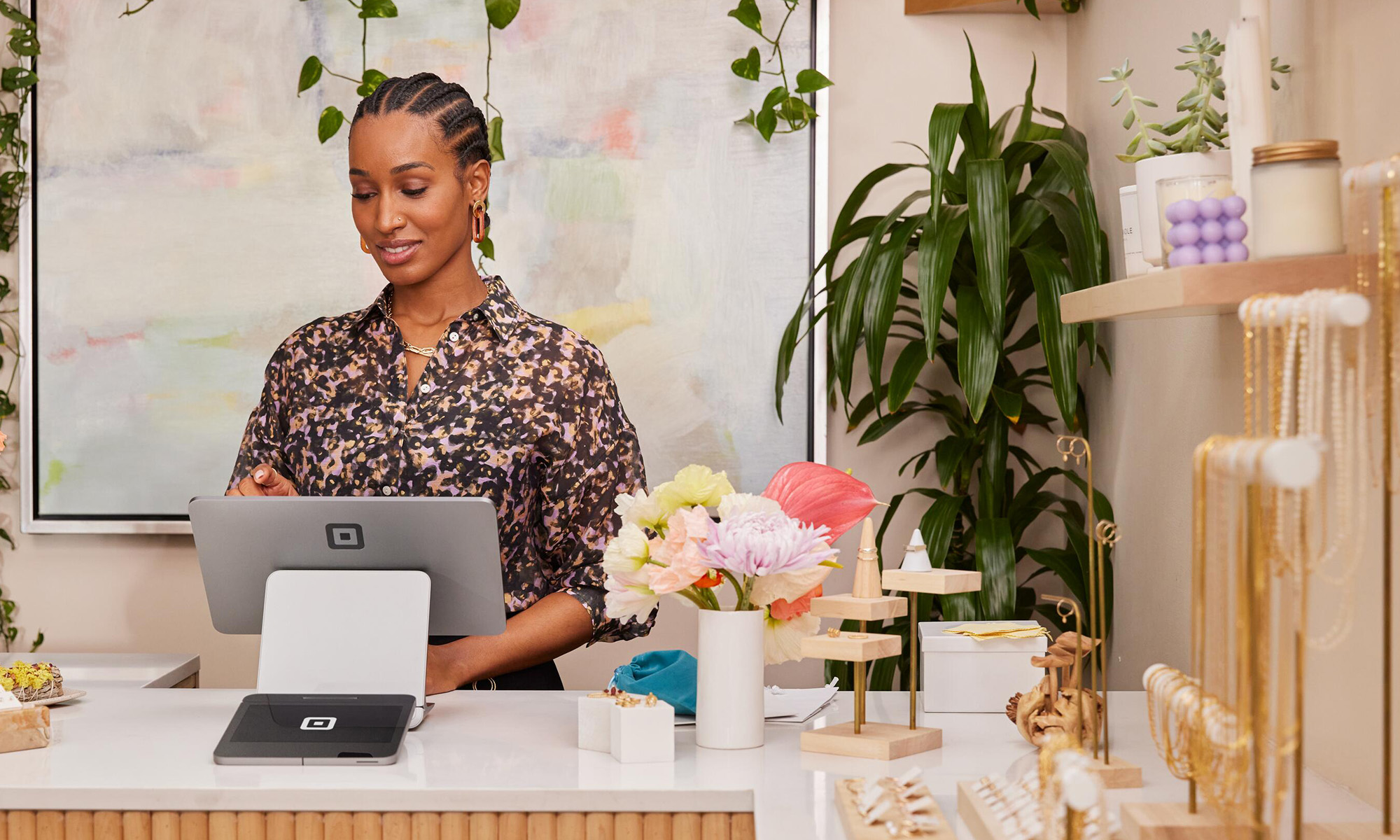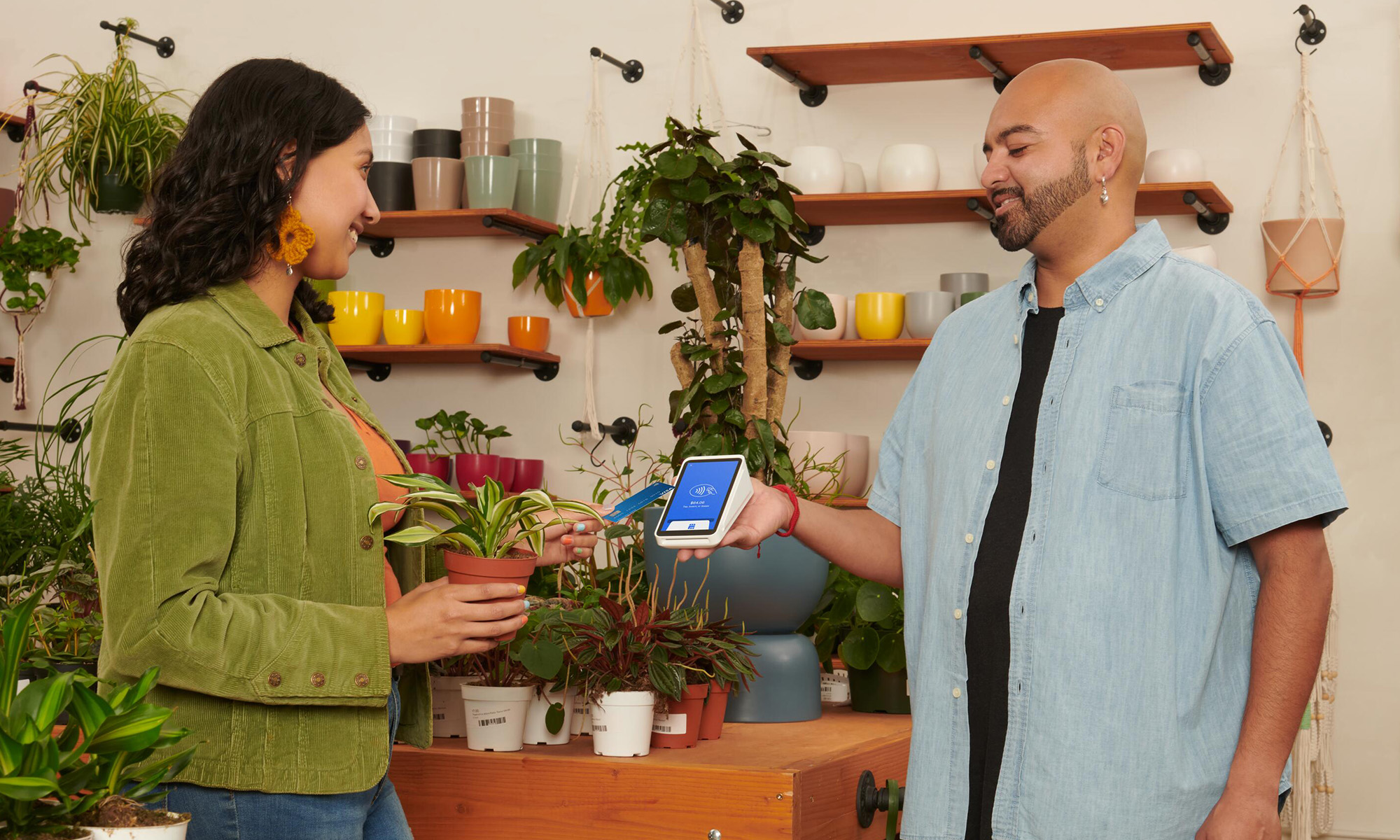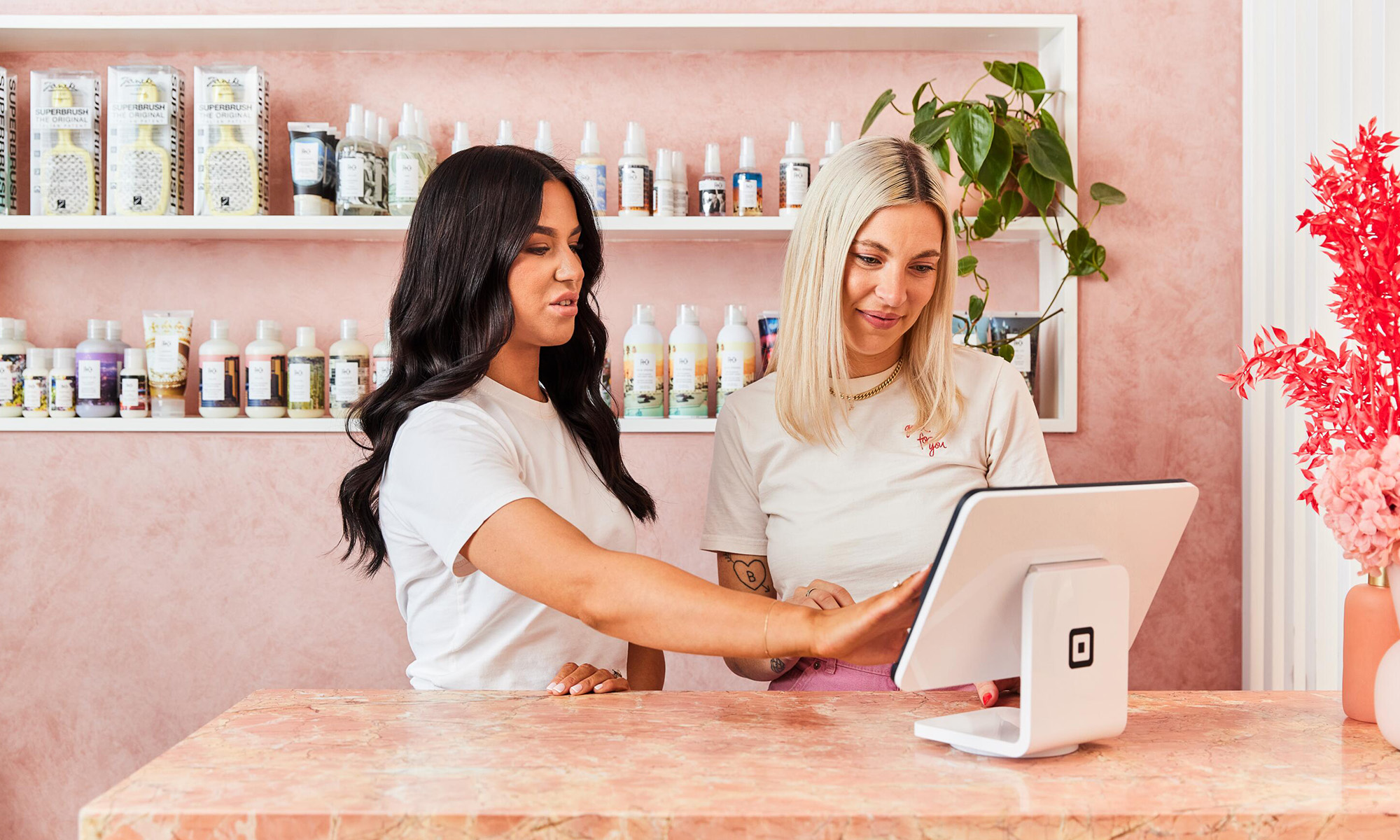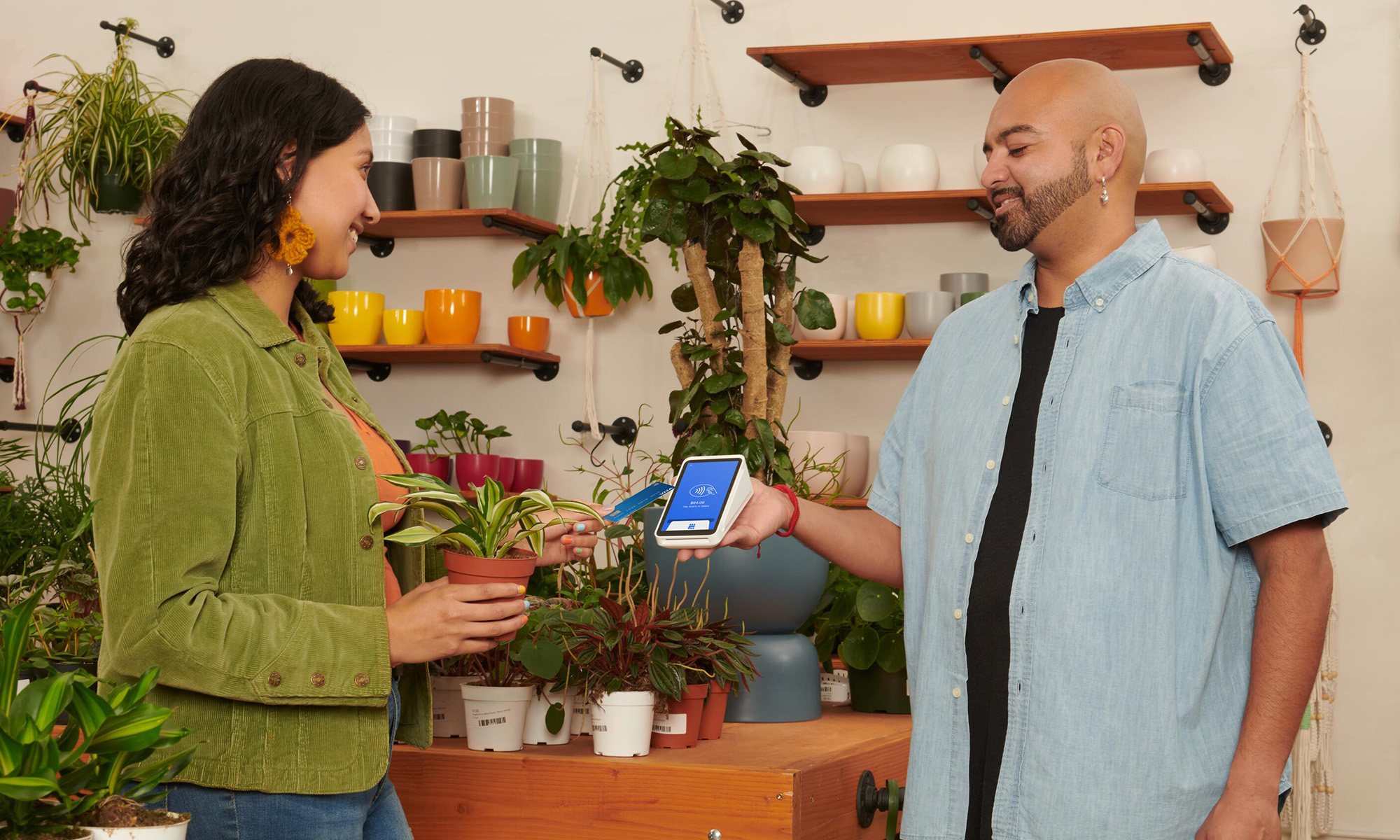In 2020, I had a special year as an investor. My retirement account with my employer previously had money invested in target funds -- investment vehicles with a retirement date in mind. I didn't have a choice. But after leaving that job in late 2019, I rolled my account into an individual retirement account (IRA), giving me total control over the cash value of the account.
I wasted no time in putting the cash to use, diversifying my portfolio into individual stocks that I believed in for the long haul, including some stocks I still own such as Floor & Decor and Five Below.
Also among my 2020 investments were financial technology (fintech) company Block (XYZ +1.85%) and image-browsing platform Pinterest (PINS +0.44%). But after holding this pair for five years, I've finally, and reluctantly, decided to sell both.

Image source: Getty Images.
A sell decision is never easy and every investor will have unique things to consider. But allow me to explain why I sold Block stock and Pinterest stock. And allow me to also explain how I've changed when it comes to knowing what I'm looking for.
Why I sold Block
When I first purchased shares of this company in early 2020, it had a different name and a different ticker symbol. Changing its name from Square to Block in 2021 and changing its ticker symbol from "SQ" to "XYZ" earlier this year aren't necessarily problems. But it reflects the reality that this is a vastly different business today than the one I invested in back in 2020.

NYSE: XYZ
Key Data Points
When I purchased Block stock, I had a clear understanding of the investment thesis -- why I believed it would go up in value. The company had a strong merchant business but it also had a fast-growing consumer business with its Cash App. Having fintech for both merchants and consumers seemed like a powerful combination and something that I believed would stimulate growth and profits long term.
This is still true for Block. However, the company now has business segments for buy now, pay later with Afterpay, music with Tidal, and cryptocurrency with Bitkey. I'm now uneasy about the company's vision. And with Bitkey specifically, I can't see how it moves the needle with the business. But it does take away resources and it divides managerial attention.
When buying stocks, it's important to look for growth and Block has delivered for me in that regard. That said, it's acquired other companies and used stock-based compensation, which has diluted shareholders. So while its 300% revenue growth over the last five years looks impressive, the revenue growth per share is much lower. This partly helps explain why this investment underperformed the S&P 500 during my holding period in spite of its robust growth.
XYZ Revenue (TTM) data by YCharts
Why I sold Pinterest
To recap, I sold Block stock because I no longer believe in the company's long-term vision and I'm not a fan of how my shares have been diluted. Pinterest is a different story. Yes, there has been some dilution due to stock-based compensation. But in this case, I'm disappointed with its growth relative to its potential.

NYSE: PINS
Key Data Points
When I bought Pinterest stock, I called it an exponential growth opportunity. The user base was relatively small and under-monetized. By growing the user base and increasing its monetization, I believed this stock would shock investors. But I'm the one who's been shocked by how hard it's been to live up to its potential.
At the end of 2019, Pinterest had 335 million monthly active users and it generated revenue of $1.22 per user in the fourth quarter of that year. Fast-forward to the end of 2024, and Pinterest had 553 million monthly active users and generated revenue of $2.12.
Pinterest, therefore, has grown. Its user base was up 65% over five years and its monetization was up 73%, meaning its revenue has roughly tripled. However, I expected more with its monetization efforts. And what concerns me from here is its tendency to be slowed down by headwinds.
In the first quarter of 2025, Pinterest's pricing for advertisements plunged 22% year over year. The company's revenue still grew because it increased ad impressions by a whopping 49%. To me, growing revenue this way risks over-saturating the platform with ads, which could be counter-productive in the long term. But the more troubling issue is that some advertising businesses have improved pricing in spite of economic headwinds whereas Pinterest has often come up short.
Don't get me wrong, either Pinterest or Block could still be a great long-term investment. But after holding for five years, I have concerns about the next five years and decided it was time for me to move on.
What I'm looking for now
In short, after analyzing my underwhelming investments in Block and Pinterest, I have a greater appreciation for growth companies that can push past headwinds, deliver consistent and sustainable profits, and don't dilute shareholders. Two companies that are doing this better than most are Wingstop (WING +1.12%) and Comfort Systems USA (FIX 0.55%).
For starters, both of these companies have above-average growth but each one has also bought back stock to reduce its share count over the last five years, as seen below.
WING Revenue (TTM) data by YCharts
For Wingstop, it's on a stunning 21-consecutive-year streak of growing its same-store sales -- that's some consistency in spite of the ups and downs in the economy during that time. It has nearly 2,700 locations but intends to more than double this long term, presenting an ongoing growth opportunity. And as a mostly franchised business, it's consistently profitable and is generous in rewarding shareholders. These factors are a huge reason why Wingstop stock is up 164% over the last five years.
For Comfort Systems stock, it's up a far more impressive 1,300% over the last five years thanks to some important growth trends. The company's air conditioning and electrical services are benefiting from a surge in spending for data centers to support artificial intelligence. It's a case in which a legacy, profitable business suddenly enjoys a boost from new technology. And its growing backlog of nearly $7 billion points to strong financial results in upcoming years.
In closing, Wingstop and Comfort Systems have demonstrated dependability through economic cycles, have large runways for growth, and have strong profits that are used to reward shareholders. That's what I'm looking for more than ever and both of these stocks are on my list of stocks that I could buy in the near future.
These things have always been on my investing radar to an extent. But my underperforming investments in Block and Pinterest have renewed my focus on the things that create long-term shareholder value. From this perspective, these two investments weren't a total loss. Hopefully they've prepared me to be a better investor today compared to the investor I was yesterday.









